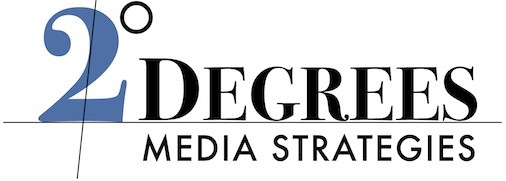One of the key elements of Social Media is the instantaneous reporting of what’s going on around us. News is no longer just received but it is now broadcast, real time. It’s become a participatory sport. And, things that would never have made the paper or through the lips of Walter Cronkite are now available for you and I to consume. Twitter, Facebook and other social networking applications make it possible for you and I to contribute to the news.
The Economist just put out an interesting article, “The people formerly known as the audience:Social-media technologies allow a far wider range of people to take part in gathering, filtering and distributing news” and included this:
Rather than thinking of themselves as setting the agenda and managing the conversation, news organisations need to recognise that journalism is now just part of a conversation that is going on anyway, argues Jeff Jarvis, a media guru at the City University of New York. The role of journalists in this new world is to add value to the conversation by providing reporting, context, analysis, verification and debunking, and by making available tools and platforms that allow people to participate. All this requires journalists to admit that they do not have a monopoly on wisdom. “Ten years ago that was a terribly threatening idea, and it still is to some people,” says Mr Rusbridger. “But in the real world the aggregate of what people know is going to be, in most cases, more than we know inside the building.”
A Pew Research Centre survey published in March 2010 found that 37% of American internet users, or 29% of the population, had “contributed to the creation of news, commented about it or disseminated it via postings on social-media sites like Facebook or Twitter”. The figure is probably much higher today, because the Pew survey predates the introduction in April 2010 of the Facebook “Like” button, which makes sharing a news story (or anything else) as simple as clicking a mouse. Only a small proportion of these people provide content as well as commenting and sharing. But, as Mr Rosen points out, even if just 1% of the audience is now involved in the news system, that’s millions of new people. “It isn’t true that everyone is a journalist,” he says. “But a lot more people are involved.”
How are you using social media to get your news? And, do you find yourself contributing more to news items you find online and sharing them with your friends? We may not all be journalists but we are now “carrier pigeons” with a voice as to what gets shared.




